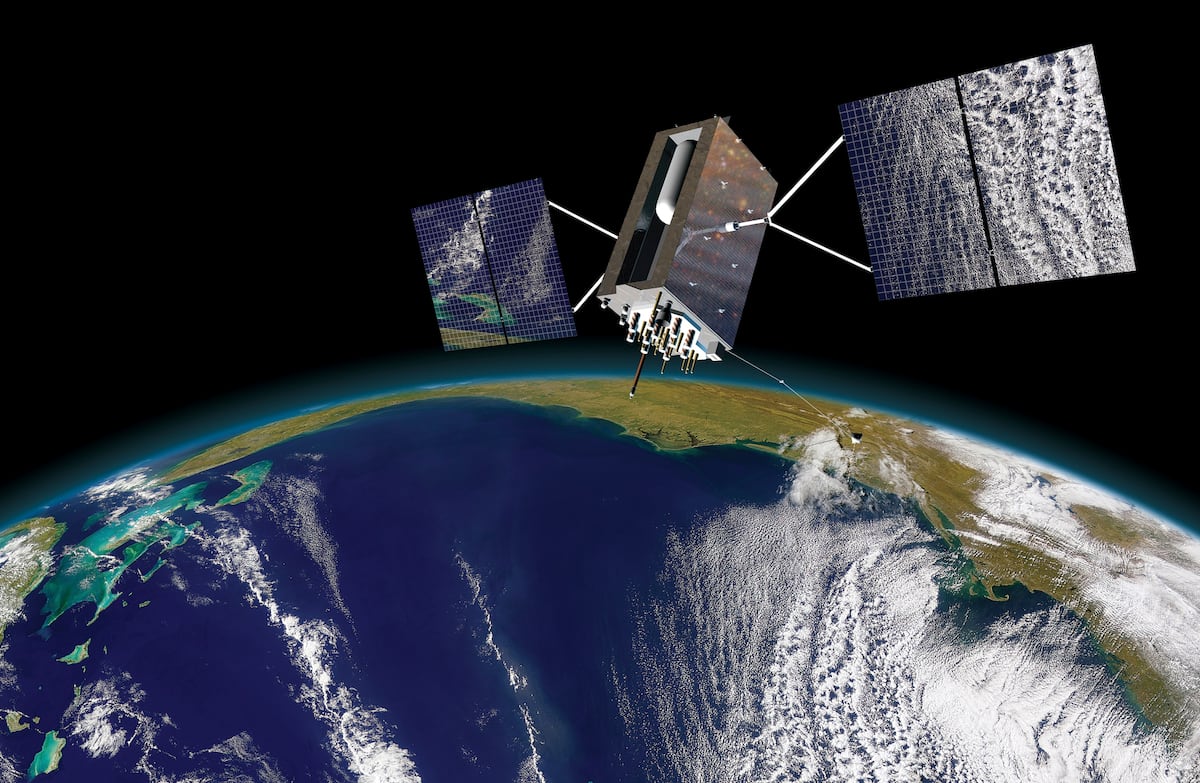The Space Force plans to launch the next GPS III satellite in late May as part of a rapid launch mission to demonstrate the ability to prepare and launch a satellite on truncated timelines.
“It highlights another instance of the Space Force’s ability to complete high priority launches on a rapid timescale, which demonstrates the capability to respond to emergent constellation needs as rapidly as Space Vehicle readiness allows,” Col. Jim Horne, senior materiel leader of launch execution, said in an Monday statement.
The upcoming mission will incorporate lessons learned from the Space Force’s first Rapid Response Trailblazer effort in December 2024. For that mission, launched by a SpaceX Flacon 9 rocket, the service quickly planned and launched a GPS III satellite in months — a process that typically takes as long as two years.
Lockheed Martin, which builds the GPS III spacecraft, loaded the satellite on a truck at its Littleton, Colorado, facility and transported it to Buckley Space Force Base, where it was loaded onto a C-17 for the final leg of its journey to Cape Canaveral Space Force Station in Florida. The spacecraft arrived on April 3, and Space Operations Command’s Delta 31 is conducting initial satellite processing.
Malik Musawwir, Lockheed’s vice president of navigation systems, told reporters Monday that with the two recent GPS missions, the company now has only two GPS III satellites in storage. The remaining two will be ready for launch this year, he added.
Following those missions, the company is looking ahead to the first launch of the next variant, GPS IIIF, in late 2026 or early 2027. The first of those spacecraft, which will bring improved anti-jam capability and an improved civilian signal, are entering the integration stage of production and heading to final assembly.
The Space Force today has at least 31 operational GPS satellites in orbit — ranging from older models to the newest GPS III satellites. As concerns grow about the vulnerability of the service’s constellation amid increased jamming and spoofing threats, the service is exploring new options for delivering positioning, navigation and timing, or PNT, capabilities.
That includes a new constellation of small GPS satellites as part of a program called Resilient GPS. The service has three companies on contract to draft prototype designs and hopes to begin launching the first batch of eight satellites by 2028.
At the same time, the Space Force is wrapping up a broader study of its PNT architecture that will further define a roadmap for the service’s future mix of PNT capabilities. That analysis should be wrapped up this summer.
Courtney Albon is C4ISRNET’s space and emerging technology reporter. She has covered the U.S. military since 2012, with a focus on the Air Force and Space Force. She has reported on some of the Defense Department’s most significant acquisition, budget and policy challenges.
Read the full article here








Leave a Reply